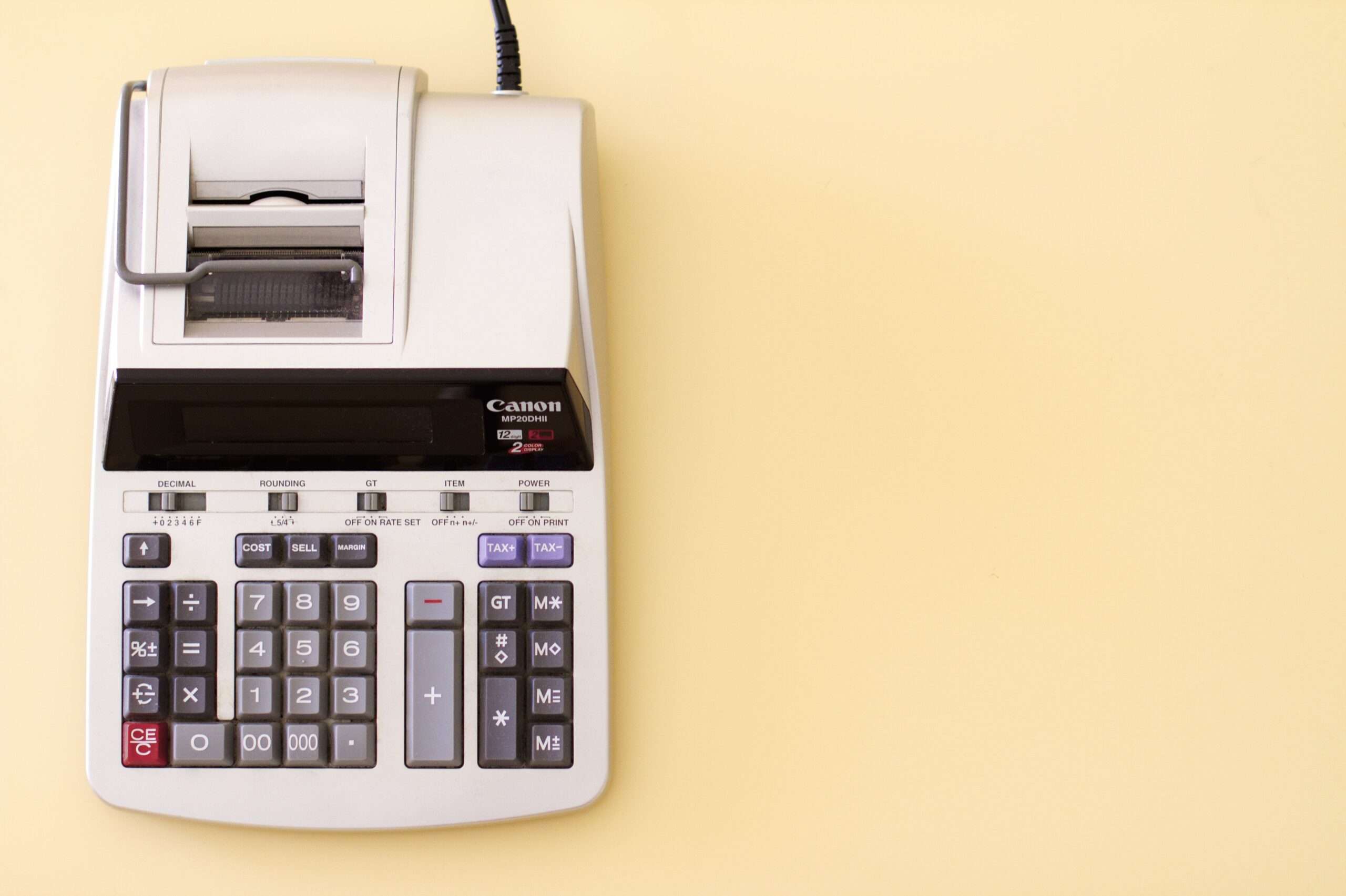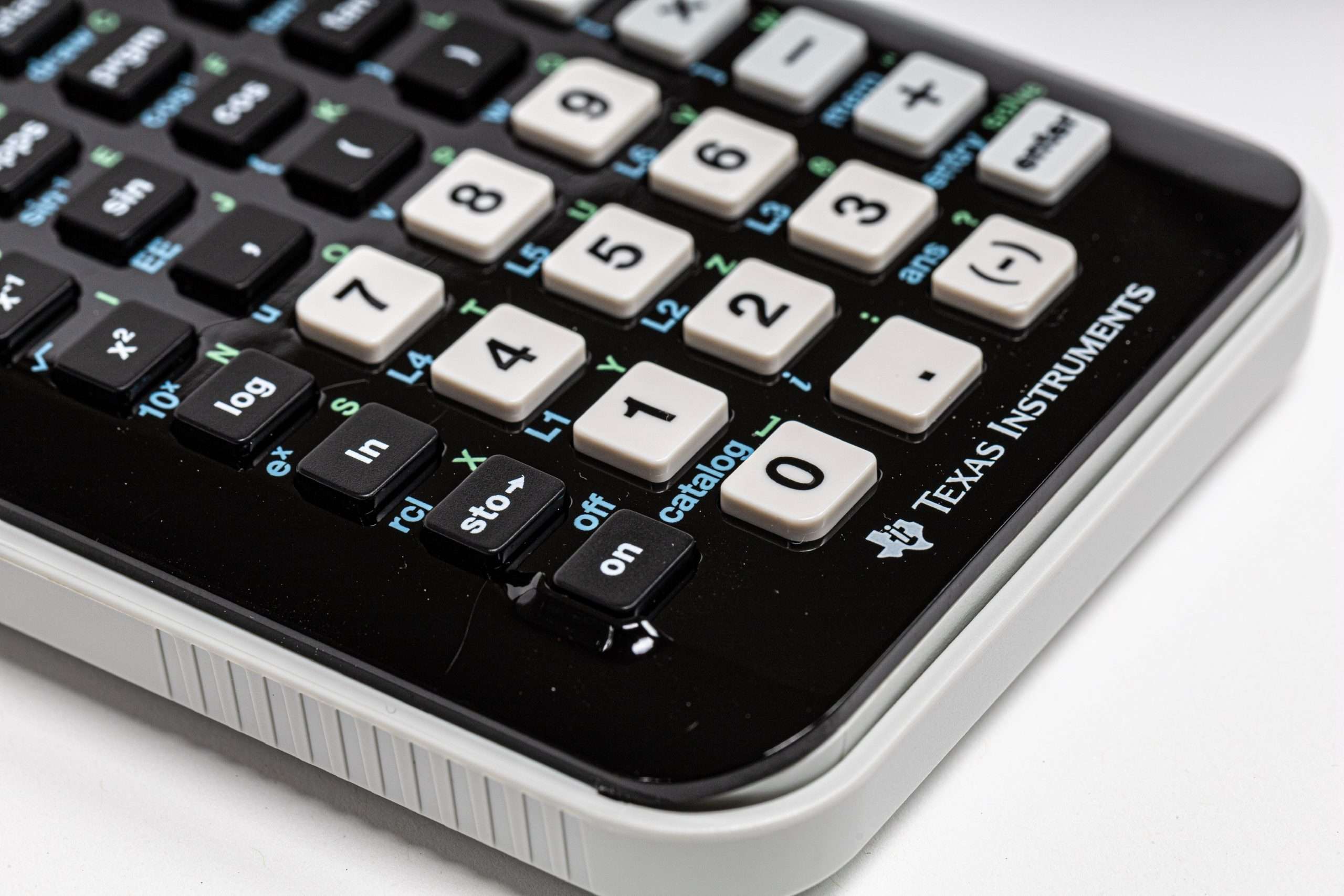GENERALLY, whenever there are transactions, the focus is on income tax, Real Property Gains Tax, sales and service tax and customs duties. The stamp duty aspect of the transaction often attracts inadequate attention.
Surprises can pop up without the realisation of the parties to the transaction where they have assumed that the document will only be subject to RM10 stamp duty, but instead when the document is sent for adjudication, they could be assessed for millions of ringgit. Malaysia’s Inland Revenue Board (IRB) is now more focused on collecting stamp duties especially with the mandatory requirement to stamp your instruments online.
Many parties undertaking transactions do not understand the provisions of the Stamp Act since this is an Act that goes back to 1949 and it is largely based on the comparative provisions in the United Kingdom Stamp Act 1894. The words and phrases used in the Act are unique and are not commonly found in the Income Tax Act 1967. An example would be “agreements made under hand only” which effectively means that the agreement has been signed by an individual.
Points to be Noted
Stamp duty is a duty on instruments, not on transactions. An instrument includes every written document. There are two types of duties: fixed duties and ad valorem duties, which vary with the value of the transaction stated in the instrument. The amount of duty payable is entirely based on the provisions in the First Schedule of the Stamp Act 1949. If there is no written instrument, or the agreement is orally done there will be no stamp duty.
All instruments chargeable to duty and executed by any person in Malaysia shall be subject to stamp duty. The assumption that such instruments need not be stamped unless the matter is taken to court is incorrect. The IRB can recover the stamp duty because the Act uses the phrase “shall be brought to the Collector for assessment of duty”.
An instrument executed outside Malaysia, not being a cheque or promissory note, may be stamped within 30 days after it has first been received in Malaysia. Execution of the document in Malaysia means that the instrument is signed in Malaysia.
All instruments chargeable with duty shall be brought to the Collector of Stamp Duties for adjudication. The document should be stamped within 14 days after the issue of the assessment by the Collector.
Generally, the penalty for late stamping can be significant: RM25 or 5%, whichever is greater, if the instrument is stamped within three months after the time of stamping.
If it is beyond three months but not more than six months, the penalty is RM50 or 10%, whichever is greater.
Finally, if the instrument is stamped after six months, the penalty is RM100 or 25% of the deficient duty, whichever is greater.
In the event the stamp duty is not settled, the Collector has the power to prevent the person from leaving Malaysia.
Problems
The key problems faced by the parties to the transactions are usually on the interpretation of the words in the First Schedule. An example would be a “novation” may be subject to RM10 duty versus an “assignment” which may be subject to ad valorem duty.
To fully understand the working of the stamp duty, one has to be aware of the various gazette orders, case laws, and perhaps internal protocols of the IRB which may not be known to the general public.
The lack of guidance in the public domain adds to the problem.
The final point to note is: don’t assume that transactions undertaken via letters which are binding on parties to the transaction cannot be construed as an instrument subject to stamp duty.
Please do not forget to pay attention to stamp duty when undertaking transactions.
This article is contributed by Thannees Tax Consulting Services Sdn Bhd managing director SM Thanneermalai (www.thannees.com).

 5.0
5.0 



















